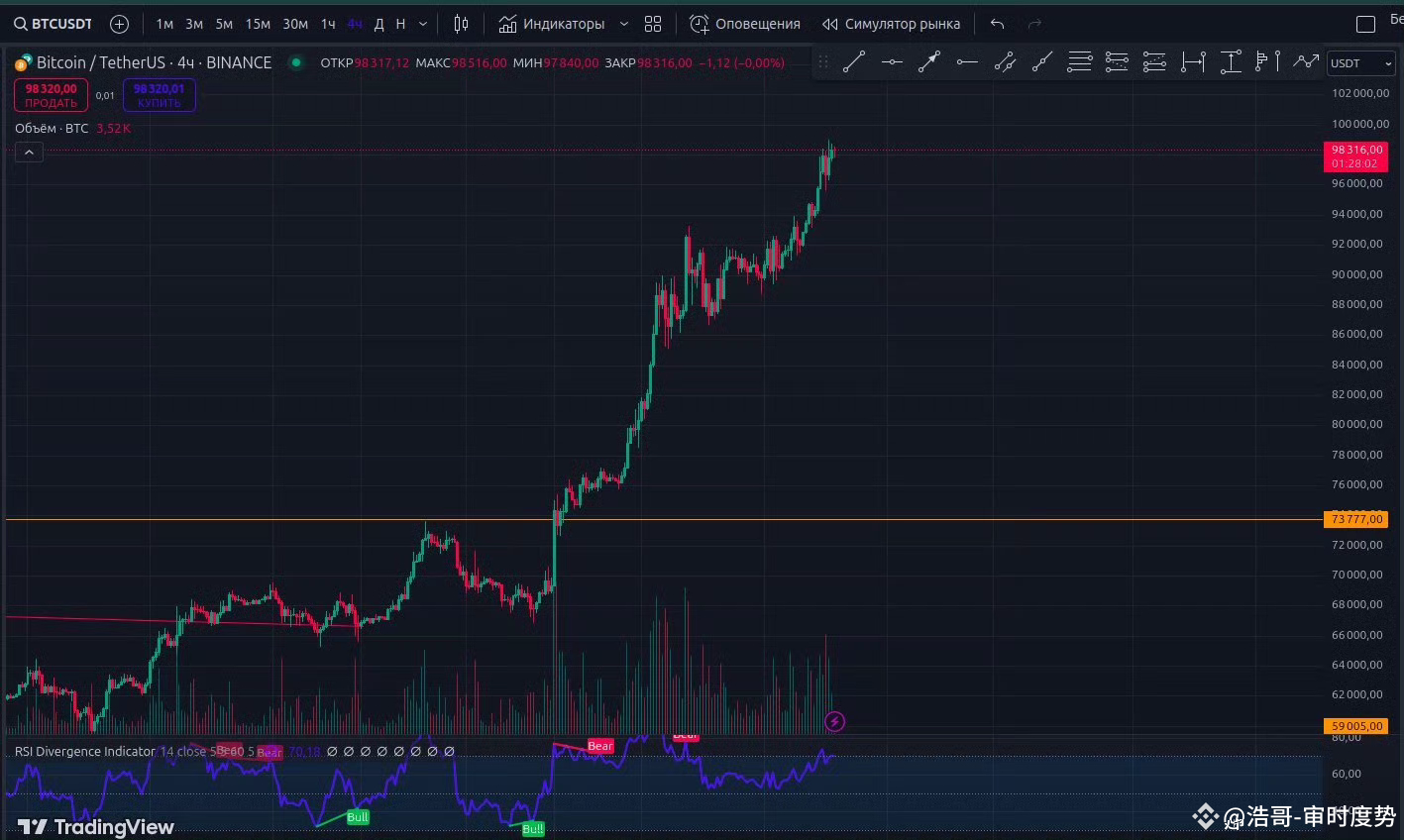Friday in Beijing time is another monthly non-agricultural data. The labor data is still one of the key data that the Federal Reserve is paying attention to. The unemployment rate has the greatest impact among the non-agricultural data. The previous value is 4.1%, and the market expectation is also 4.1%.
In fact, the data on the unemployment rate has returned to a time when no matter what data is bad, if the unemployment rate continues to decline, the Federal Reserve will lower its expectation of interest rate cuts. After all, the decline in the unemployment rate represents a good economy in the United States, and indeed the decline in the unemployment rate can alleviate the market's anxiety about economic recession.
If the unemployment rate data rises, or even increases, although it does make the probability of the Federal Reserve's interest rate cuts increase, the higher the unemployment rate, the greater the probability of economic problems, so even a interest rate cut will be considered an imminent recession.
So in fact, the best data is to remain unchanged or rise slightly, such as rising to 4.2%, which can not only send some signals to the Fed, but also prevent users from panicing. After all, the unemployment rate of 4.2% is still low.
The unemployment rate will be employment data in the future. The larger the data, the better, which also means that the current market environment is good and the economy is still in good condition. Finally, there is wage data. If this data is high, it will not be conducive to the reduction of inflation, but if it is low, you are worried that there will be problems in the economy.
So the difficulty of April is indeed increasing.
This tweet is sponsored by @ApeXProtocolCN|Dex With ApeX



